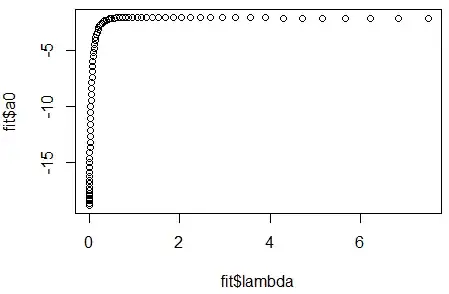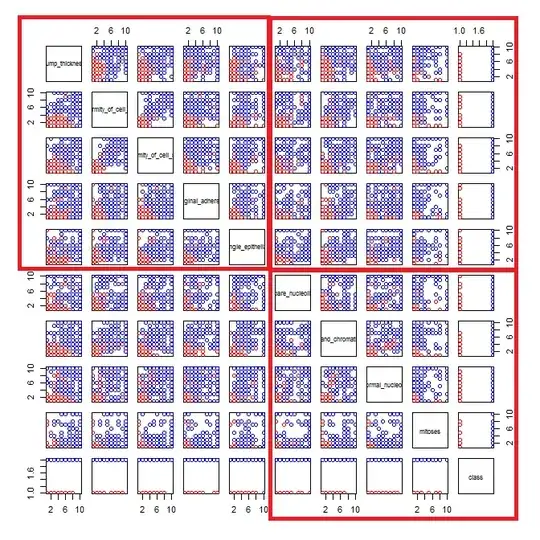Edit after OP edit and user comments, downvoters should reconsider their opinions, please. This is currently an accepted answer, one user has removed his downvote. Downvoting without leaving a comment is not constructive at this point.
I did not at first see the OP edit while I was answering. There are no really good answers to the question. What there is is a simplest answer to the question; to look up or calculate directly the mean temperatures in both locations, and then subtract them to find an expected difference in temperature at any particular time on any particular day. Mean temperatures require approximately 10 years of data to establish that mean, and or a time series like ARIMA. Three months of data from a single year would not be as useful. Next most useful would be regression, next most useful would be correlation. Agreement would not be a very useful measure because it is not information rich enough to explain how the temperatures covary. Details follow.
A squared correlation coefficient is called the coefficient of determination. The coefficient of determination, symbolically $r^2$, would give the fraction of variance between temperatures that is mutually explained, and occurs at the same time.
I found daily average temperatures compiled during 2010 for Augusta, Maine and Miami, Florida. Here is a chart:

The correlation is $r=0.990128135$ and the coefficient of determination is $r^2=0.980353723$. The 2261 km distance between those cities is similar to the 2607 km Athens to Oslo distance. Like Athens and Oslo, Miami and Augusta are in the same time zones, meaning that the daily temperature highs and lows will be correlated positively so that if hourly data were readily available, that would correlate. Now if unique measurements rather than averages were included, that may lower the coefficient of determination, nonetheless the correlations are higher than even I suspected. Note on the chart that there is a doubled hysteresis loop presumably largely due to the difference in timing of temperature modification by the proximity of the Labrador current in Maine, and the Gulf stream current for Miami.
One can convert between Miami and Augusta temperatures using bivariate regression, i.e., using Passing-Bablok invertible (unlike OLS) regression $F(Miami)= 0.3203 F(Augusta) + 62.38$. Moreover, the chart shows a quite smooth progression of temperatures along a curvilinear closed path in a one year loop. Now on any particular day of the year, or any particular time of day, there is a difference in temperature between the two sites that is on average fairly stable. If you want to know what it is, calculate or look up that difference. For example, for @gung, here are those average annual temperature differences between the two sites in degrees F compiled on days 0-365 of 2010.

If you want to measure agreement then Lin's concordance correlation coefficient would be one alternative, but not a very useful one (see below). This is similar to an intraclass correlation and measures how distant an agreement is from the identity line $y=x$. Agreement is not the right question to ask of a time series model, like an
ARIMAProcess[1.8589*10^-17, {0.05033}, 2, {-1.58602, 0.747954}, 0.00377009].
See ARIMAProcess.
Here are average monthly temperatures from Oslo, Sweden and Melbourne, Australia in degrees centigrade with correlation and coefficient of determination. For the OP, coefficient of determination in Excel is =correl(cell:cell,cell:cell)^2.
Melbourne Oslo
Jan 21 -3
Feb 21 -3
Mar 19 2
Apr 17 5
May 14 12
Jun 11 16
Jul 10 18
Aug 11 16
Sep 13 12
Oct 15 7
Nov 17 2
Dec 19 -3
$r=-0.981726823$ and $r^2=0.963787555$. Note how high the negative correlation is between two points on Earth that could not be further apart.
OLS regression shows this
Term |Coefficient |95% CI |SE |t statistic |DF |p
Intercept |37.77 |33.42 to 42.13 |1.955 | 19.32 |10 |<0.0001
Slope |-1.98 |-2.25 to -1.71 |0.121 |-16.31 |10 |<0.0001
Oslo = 37.77 - 1.98 Melbourne
Let us compare those results with Lin's concordance:
$$r_c=\frac{2 \rho \sigma _x \sigma _y}{\sigma _x^2+\left(\mu _x-\mu _y\right){}^2+\sigma _y^2}\,,$$
which is $r_c=0.148498 $ for the Augusta to Miami value, and $r_c=-0.38624$ for the Oslo to Melbourne concordance. So in the first case, the concordance is weak, and in the second case there is a slightly stronger disagreement. This doesn't go very far in explaining the differences in temperature.

